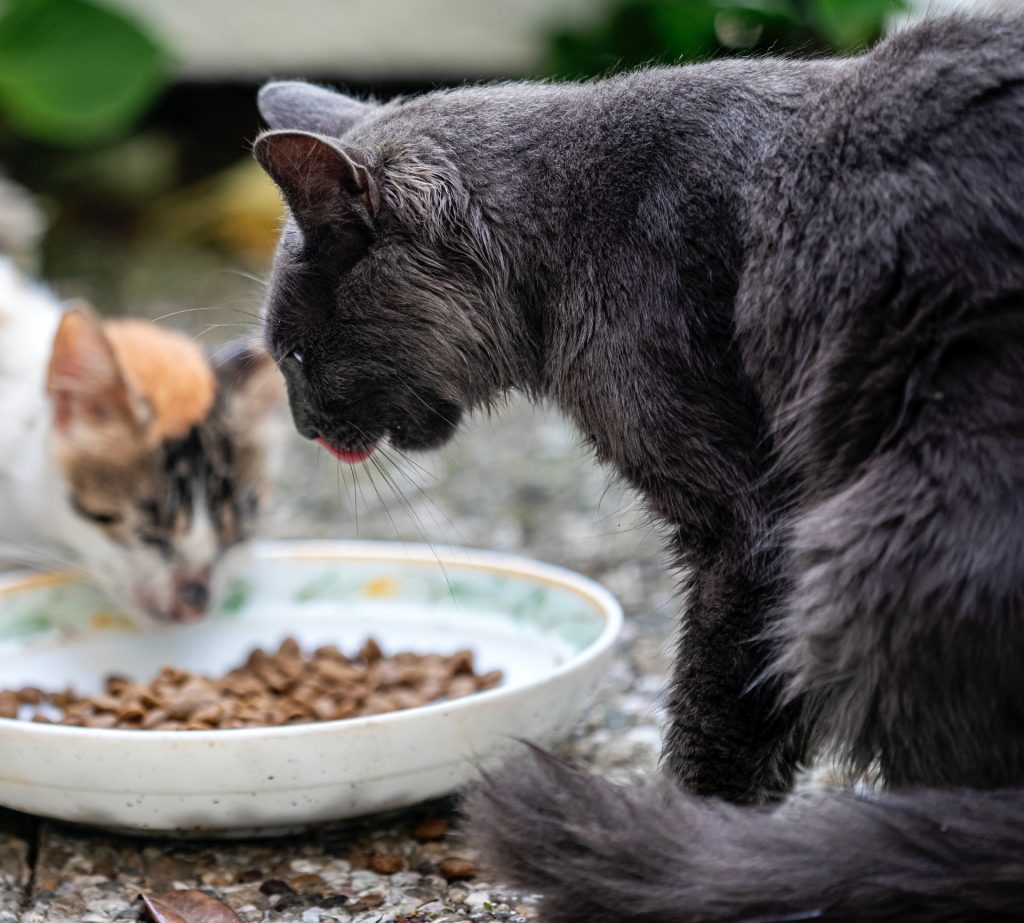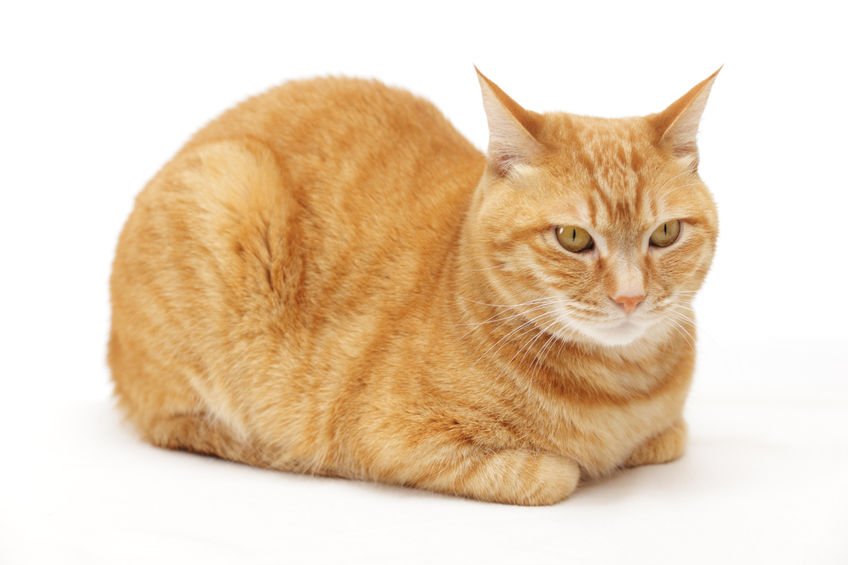The Russian Blue is a stunningly beautiful cat breed. Defined by its grey-blue fur and deep green eyes, this breed is popular in the United States and throughout Europe.
The Russian Blue originates from northern Russia, and the “tale” goes that they were the favoured cat breeds of the Russian Royalty.
The Russian Blue expanded its pawprint across Europe and into the United States in the late 19th and early 20th centuries.
These cats are somewhat timid cat breeds, but they are loyal and social around other people, making them a good choice for a housecat.
Russian Blues have a high demand for attention, and they require proper feeding and care, or they start to get aggressive.
So, what do Russian Blue cats eat? Let’s unpack everything you need to know about the nutrition requirements of your feline friend.
Feed Your Russian Blue Cat Twice a Day
The Russian Blue kitten has a fast metabolism. This breed likes to play and spend time stalking other small animals like birds and rodents out in the garden. So, it requires energy throughout the day and multiple feeding times. Feed your kitty first thing in the morning and then at night.
It’s a good idea to feed your cat before you eat so they don’t start begging you for food at the table. Scheduled feeding is important for the Russian Blue cat. If you don’t feed them twice a day, they are likely to moan at you when they start feeling hungry.

Wet or Dry Food for the Russian Blue Cat?
Water is critical for your Russian cats health. However, many cats have “water aversions.” This issue means that your Russian blue cat might not visit the water bowl as often as it should.
As a result, it’s easy for some cats to get dehydrated, especially in warm weather. The Russian Blue cat is a cold-adapted animal hailing from northern Russia.
Therefore, it needs more hydration than other cats, especially in warm climates. Feeding your Russian Blue cat a wet food diet helps to get more water into their body. Wet food can be up to 75% water, while dry cat food is only around 6% to 10% water.

Remember to Feed Your Russian Blue Cat The Best
Many cat owners don’t understand the importance of feeding their cats a top-quality diet. The Russian Blue cat is prone to allergies and food aversions. So, feeding them cheaper cat food may result in digestive problems and skin issues in the cat.
Feed them a top-shelf organic brand of cat food, and add wet food meals to their diet. Look for brands that don’t use animal by-products or rendered meat in their recipes, and stick with products made in the USA.
In Closing – Watch the Weight
Russian Blues can be greedy eaters, and they tend to finish other cats’ food if they leave it in the bowl during dinnertime.
It’s easy to overfeed your Russian Blue cat, resulting in an unwanted fat gain in the animal. So, keep an eye on the cat’s weight to ensure they don’t damage their health by overeating.




